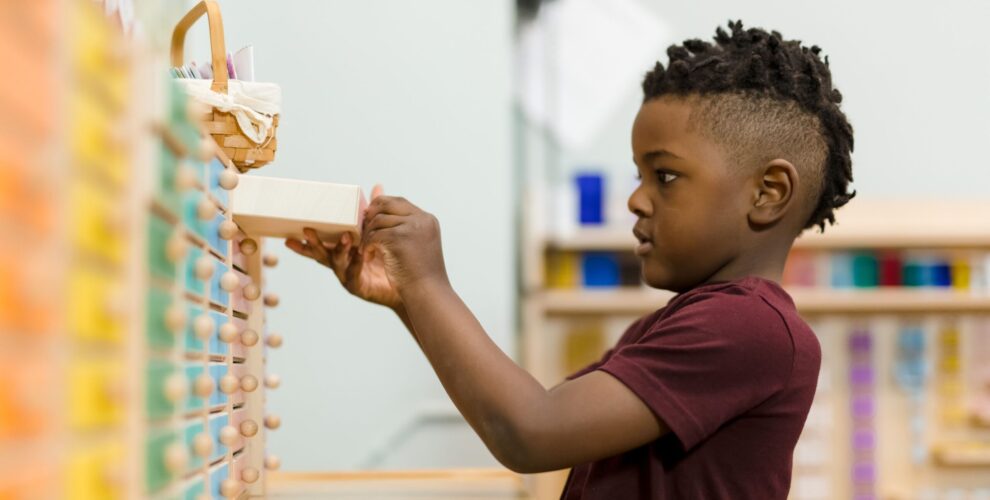Why It’s Important
Unintentional suffocation is the leading cause of injury-related death among infants, according to Safe Kids Worldwide. In 2010, 1,176 children died from unintentional suffocation. In 2011, 22,791 children were treated in emergency departments for nonfatal inhalation or suffocation. Most childhood suffocation, choking, and strangulation incidents occur at home.
Babies who are placed on their stomachs or sides to sleep are at an increased risk for Sudden Infant Death Syndrome (SIDS). African-American babies are more than two times as likely to die of SIDS as Caucasian babies, and American-Indian/Alaska Native babies are nearly three times as likely. About one in five deaths from SIDS occur while a baby is in the care of someone other than a parent.
Safe Sleep Practices
There are many ways you can be proactive in promoting healthy sleeping habits for your baby:
Always place babies on their backs to sleep.
This is the most important way to reduce the risk of SIDS. Even though you may not have slept on your back as a baby, this method is now recognized as the safest way to sleep. If you leave your baby in the care of relatives or babysitters, make sure to instruct them on how your baby sleeps.
Do not alternate between back and tummy sleeping.
This includes sleeping during naps and at night. Babies who usually sleep on their backs but then are placed on their stomachs are at very high risk for SIDS. This does not mean that your baby can never spend time on her or his tummy! On the contrary, babies should spend supervised tummy-time while they are awake to strengthen their neck and shoulder muscles.
Periodically monitor your sleeping baby.
Dress your baby lightly to prevent overheating. Signs of overheating may include sweating, flushed cheeks, damp hair, heat rashes, and rapid breathing. If your baby uses a pacifier, make sure it does not have cords or clips that could cause strangulation.
Safe Sleeping Environment
In 2011, the American Academy of Pediatrics expanded its recommendations for reducing the risk of SIDS to include recommendations for a safe sleep environment, recognizing that having a safe environment for an infant is just as important as using safe sleeping techniques.
The safest place for your infant to sleep is in the same room as you.
You should not, however, share a bed.
Infants should sleep on a firm surface.
A fitted sheet over a safety-approved crib mattress is the best way to go. Avoid soft surfaces like sheepskin, quilts, and pillows. Additionally, do not use loose bedding such as sheets and blankets, since these can impair breathing. Use clothing like sleep sacks and wearable blankets instead.
Keep your baby’s sleeping area uncluttered.
Do not keep stuffed animals and toys in the crib. Do not hang anything on or above your baby’s crib with a string or cord. Keep the crib away from drapes and blinds that have cords.
Crib Checklist:
- Make sure your crib meets the safety standards of the Consumer Product Safety Commission (CPSC) and the Juvenile Products Manufacturers Association (JPMA).
- If your crib has been used, make sure it has not been recalled at www.recalls.gov.
- Safe Kids Worldwide offers a good rule of thumb: “If you can fit a can of soda between the slats of a crib, that means a child’s head, hand, or foot could get stuck.”
- Learn CPR. Being prepared can only make you a better parent and your home a safer one.
Reviewed by Melissa Hendrickson, RN and Director of Health Services at Penfield Children’s Center.
“HHS Agencies Express Support for Infant Safe Sleep Recommendations.” National Institute of Child Health and Human Development. Eunice Kennedy Shriver National Institute of Child Health and Human Development. 18 Oct. 2011. Web. 4 June 2013. <http://www.nichd.nih.gov/news/releases/pages/101811-infant-safe-sleep-recommendations.aspx>.
“A Parent’s Guide to Safe Sleep.” Healthy Childcare. American Academy of Pediatrics, n.d. Web. 4 Jun 2013. <http://www.healthychildcare.org/pdf/sidsparentsafesleep.pdf>.
“Sleep Safety and Suffocation Prevention Tips.” Safe Kids Worldwide. Children’s National Medical Center, n.d. Web. 4 Jun 2013. <http://www.safekids.org/tip/sleep-safety-and-suffocation-prevention-tips>.
“Sudden Unexpected Infant Death and Sudden Infant Death Syndrome: Parents and Caregivers – New Infant Safe Sleep Recommendations.” Centers for Disease Control and Prevention. Centers for Disease Control and Prevention, 18 Oct. 2011. Web. 4 Jun 2013. <http://www.cdc.gov/sids/Parents-Caregivers.htm>.
“Suffocation Prevention and Sleep Safety.” Safe Kids Worldwide. Children’s National Medical Center, n.d. Web. 4 Jun 2013. <http://www.safekids.org/tip/sleep-safety-and-suffocation-prevention-tips>.



Leave a Reply